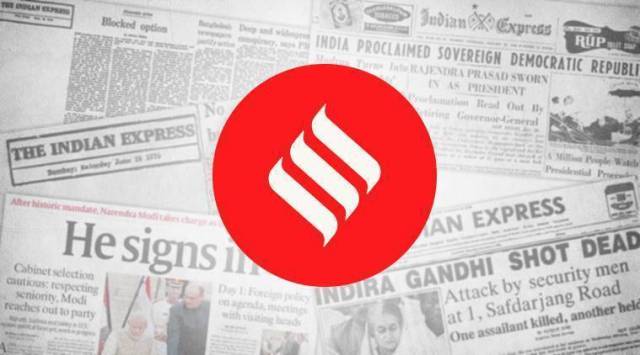
In March 2020, the Reserve Bank of India had announced a moratorium on the repayment of all term loans for both businesses and households, to ease their burden during the period of the lockdown. Initially allowed for a period of three months, it was subsequently extended till the end of August 2020. Data from the RBI’s latest financial stability report shows that at the end of April around half of the customers of scheduled commercial banks, accounting for half of the outstanding bank loans, opted to avail of the relief measures extended — underlining the precariousness of their financial position. Public sector banks shouldered a disproportionate burden of the moratorium with roughly two-thirds of borrowers availing of the facility, as opposed to less than half in the case of private banks. In subsequent months, as economic activity picked up following the relaxations of the restrictions, there has been an improvement in the situation, with those availing of this facility dropping steadily.
While the economic slowdown is likely to adversely impact banks’ non-performing assets — according to the financial stability report, NPAs were on a downward trajectory before the COVID shock — greater clarity on the bank’s asset quality will emerge only once the moratorium period ends. While this is still some time away, the RBI has conducted a series of stress tests to project the possible impact of the economic shock on bank balance sheets. According to its estimates, banks’ gross NPAs may rise to 12.5 per cent by March 2021, up from 8.5 per cent in March 2020, if the economy contracts by 4.4 per cent this year. However, if the contraction worsens to 8.9 per cent, which some analysts are projecting, bad loans could rise to 14.7 per cent. Public sector banks are likely to witness a larger spurt in bad loans than their private sector counterparts, though the impact on the NBFCs/HFCs is also expected to be substantial. In the extreme scenario, five banks are unlikely to meet the minimum capital requirements, underlining the urgent need for banks to raise capital.
Owing to its fiscal constraints, the government is unlikely to recapitalise banks to the extent required. However, there is the possibility of the RBI extending the moratorium period or opting for a one-time restructuring of loans, especially for the stressed sectors. The latter will push back the requirement of banks having to raise additional capital. Failure to address the underlying weakness in the financial system, while at the same time prodding banks to ramp up lending despite data indicating their unwillingness to take on the credit risk in the economy, could further adversely affect their balance sheets. This weakness in the financial sector could slow down the economic recovery.